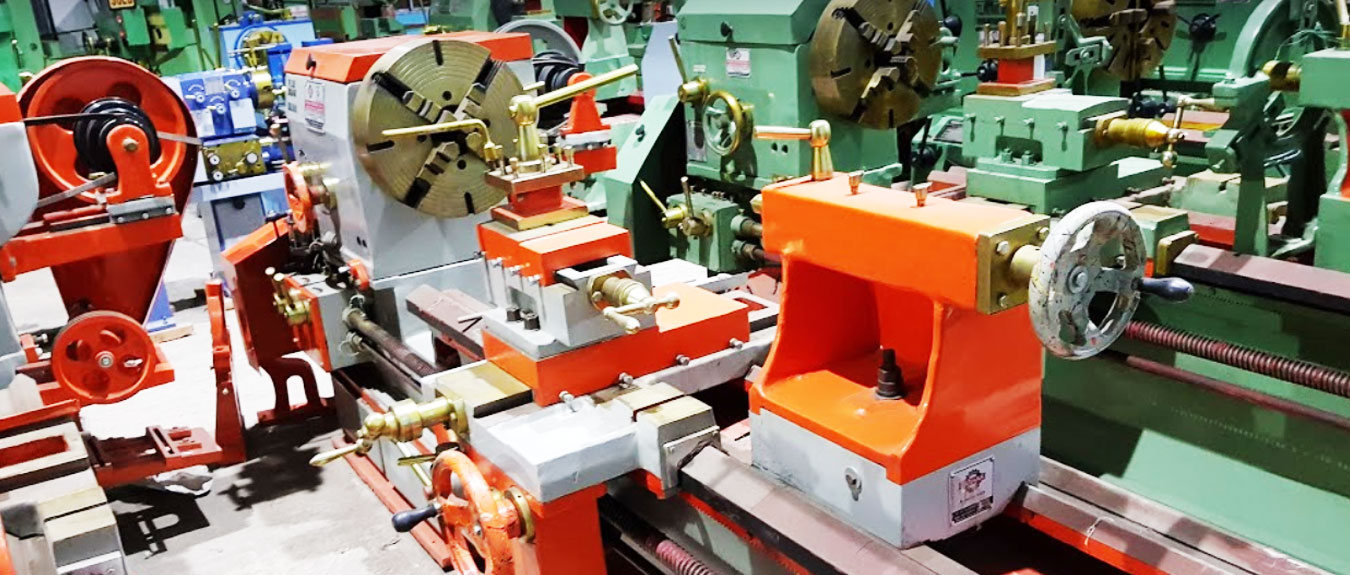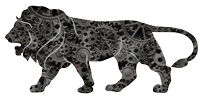Operations of a Lathe Machine
With Pathak Machines the development of technology, there has been a big revolution in the manufacturing process in most industries including lathe machines. With its implementation, the manufacturing process has become cost-efficient, less laborious and also faster.
The credit goes to the introduction of the machines that are continuously upgraded with the latest technology to offer easy manufacturing solutions. Some of the common uses of lathe machines are metal spinning, metalworking, glass working and woodturning. Some other uses in the industrial area are sanding cutting, drilling, knurling and deforming of tools.
Few common operations
Some of its common operations are:
- Turning – This is the most common type of operation of any lathe machine. This indicates the process of removing the extra material from the workpiece in order to create a cylindrical surface of the desired length. The finished surface is perfectly smooth.
- Taper turning – Tapering refers to the uniform increase or decrease of the diameter of the workpiece measured along the length. It refers to the production of a conical shape product from a cylindrical workpiece.
- Knurling – This operation chiefly refers to obtaining a diamond shape on the workpiece for better gripping. This is achieved by using only a knurling tool. The tool includes a set of hardened steel roller which is held rigidly on the tool post. Knurling is done at the lowest speed. Two to three cuts may be required to get the best results.
- Thread cutting – This operation helps in obtaining helical grooves or threads. When the threads are formed on the out exterior part of the workpiece is called external thread cutting whereas when these threads are formed on the inside part it is called internal thread cutting. Here, the workpiece keeps rotating between two centers of the lathe machine, the life, and the dead center.
- Grooving – In this process, the diameter of the workpiece is reduced over a very narrow surface with the help of a groove tool. A grooving tool is very much similar to the parting-off tool. This is done at the end of the thread or near the shoulder so that a small margin is left behind.
- Facing – In this operation the length of the workpiece is reduced by placing the workpiece perpendicular to the lathe axis. To achieve this, facing or turning tool can be used. But remember, the cutting edge of the tool should be set at the same height as the center of the workpiece. This phase includes two operations roughing and finishing.
- Spinning – With the help of this process a thin sheet of metal is formed. Here, the job is rotated at high speed and pressed against a headstock spindle. Required support is also provided from the tailstock end.
- Spring winding – This process is used to make coiled springs. Here, the wire is passed around a mandrel which keeps revolving on a chuck or between centers. A small hole is made on the steel bar through which the wire passes and the hole is supported by tool post.







